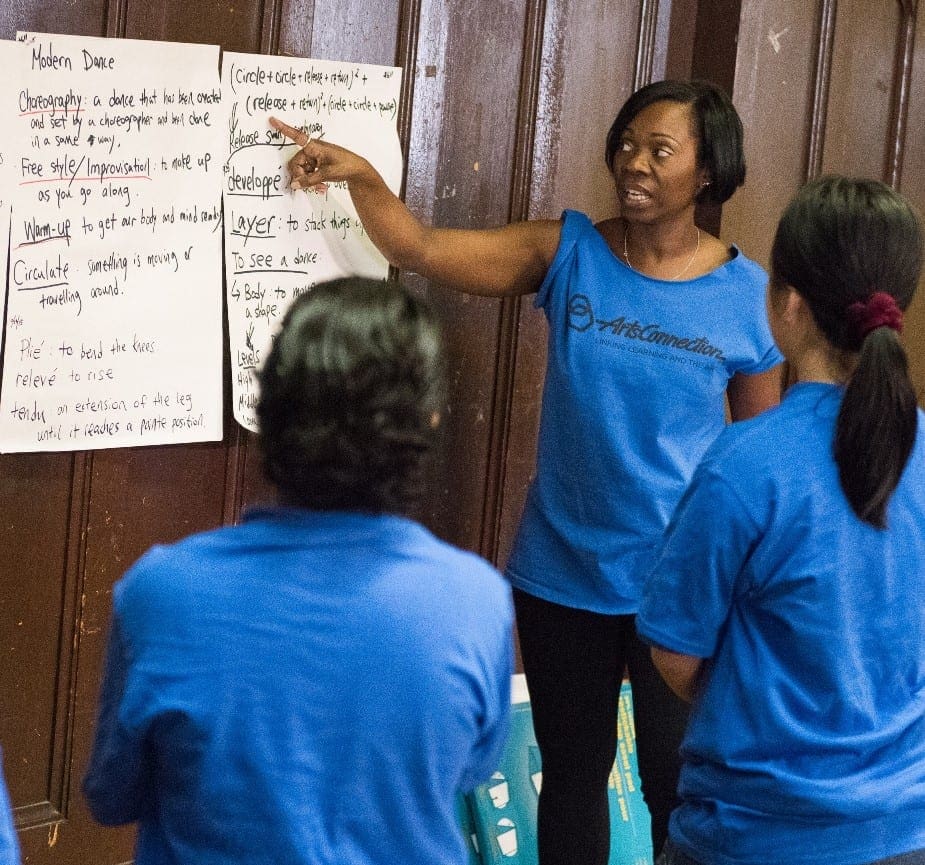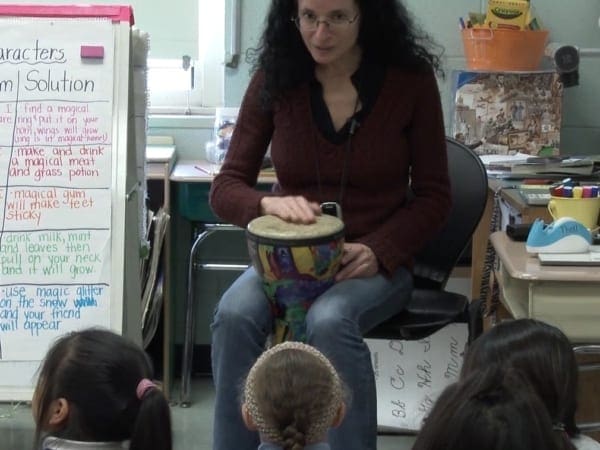Transition 101
 Essayer
Essayer
Assurez-vous d'avoir l'attention de vos élèves avant de leur donner des instructions.
 Essayer
Essayer
Utilisez les transitions pour vérifier que vous avez bien compris et pour intégrer des éléments de votre leçon. Par exemple, "Retournez à vos pupitres en incarnant l'animal que vous avez choisi de dessiner" ou "Retournez à vos pupitres en legato".
 Essayer
Essayer
Lâchez prise. Bien que l'envie de faire des rappels puisse être forte, des rappels supplémentaires risquent de perturber la concentration des élèves et de les détourner de la transition.
Afficher un ordre du jour
Tout le monde aime savoir à quoi s'attendre et ce qui va suivre. Qu'il soit affiché sur un Smart Board, sur une feuille de papier ou sur un support plus tangible (comme un emploi du temps visuel), un ordre du jour peut vous aider, ainsi que les élèves et les professionnels de la salle de classe, à rester sur la bonne voie. L'utilisation de supports visuels à l'appui de l'ordre du jour peut être utile à un large éventail d'élèves.

Crédit photo : Kim Grier, artiste enseignante d'ArtsConnection
Conseil
Demandez aux enseignants quels sont les outils et les techniques qu'ils utilisent pour aider les élèves à organiser leurs écrits. Vous pouvez ensuite renforcer ces structures lorsque vous rédigez vos agendas (par exemple, "d'abord", "ensuite", "suivant", "dernier").

Crédit photo : programme ArtsConnection Bridges
Utiliser la musique
La musique permet de donner des repères et de contrôler la durée d'une transition. Le style et le rythme peuvent aider à donner le ton à la transition des élèves. Vous pouvez utiliser des instruments tels que des tambours, des bâtons de pluie, des carillons zen, des bols de Bouddha, des cloches ou des claves.
Si vous jouez une chanson ou une partie d'une chanson familière, les élèves sauront exactement combien de temps ils ont à faire la transition. Vous pouvez également chanter ou chanter une chanson ensemble pendant la transition.
Utiliser un minuteur visuel ou un système de compte à rebours visuel
Les minuteurs permettent aux élèves de savoir exactement de combien de temps ils disposent et d'anticiper la transition afin que personne ne soit pris par surprise.
Si vous utilisez un tableau Promethean, vous disposez d'une application intégrée de minuterie avec différentes fonctions, telles qu'une horloge, un chronomètre et une minuterie, que vous pouvez facilement trouver et utiliser en cliquant sur l'icône de la minuterie dans le tableau de bord ou le menu principal. Prise en charge de la carte Promethean pour la minuterie
Découvrez des idées de minuteurs en ligne : Chronomètres en ligne en classe.
Ajouter un mouvement
Trouvez un moyen de relier la transition à votre art. Par exemple, vous pouvez demander aux élèves de se déplacer en legato ou en staccato, de faire des mouvements tordus ou de choisir un personnage de votre pièce pour retourner à leur pupitre. Donnez aux élèves des instructions qui leur permettent de jouer la comédie (par exemple : "Va sur le tapis comme un espion ; sur la pointe des pieds ; au ralenti ; comme un ninja, etc.)
Veillez à choisir un type de mouvement qui incarne également les qualités que vous souhaitez voir dans une transition réussie.
Conseil pour l'enseignement et l'apprentissage à distance
Veillez à laisser du temps pour les transitions et à les rendre claires, même dans l'espace numérique. Pour les cours asynchrones, prévoyez des pauses pour répondre aux questions de réflexion et pour ménager des transitions. Pour les cours en direct, soyez explicite sur les transitions et prévoyez suffisamment de temps. Utilisez un minuteur à l'écran pour que les élèves sachent combien de temps il leur reste. Désignez un élève comme chronométreur afin d'encourager l'initiative et l'exemplarité des élèves.


